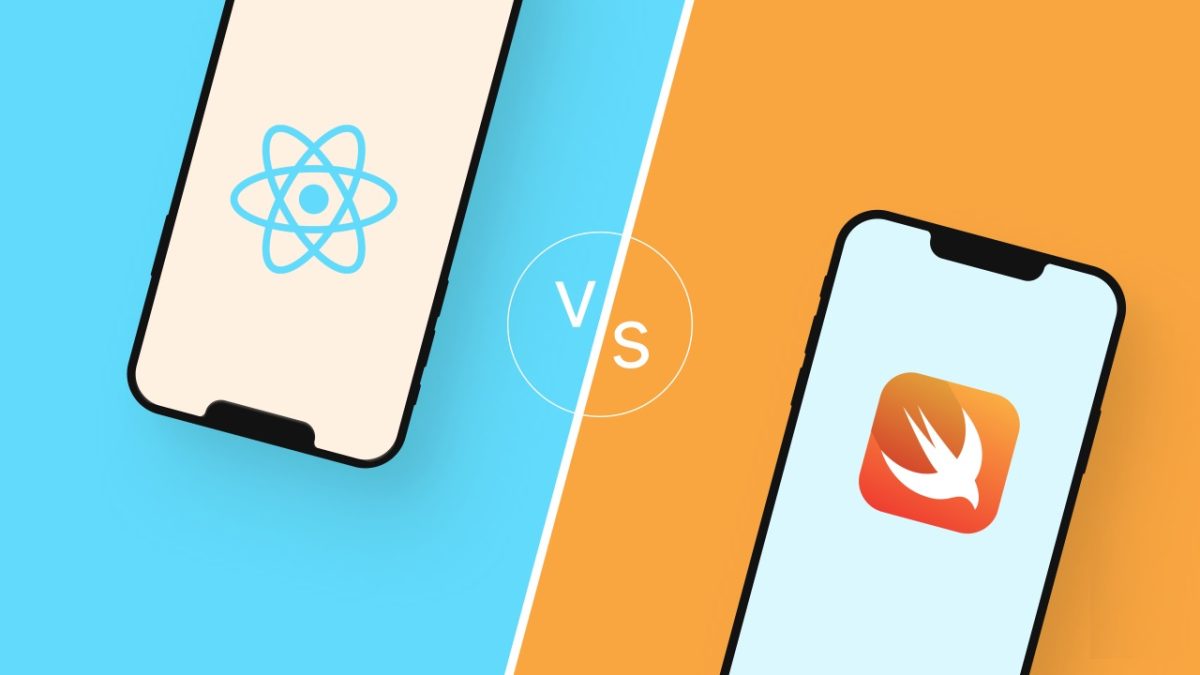When it comes to mobile app development, choosing the right technology is crucial to building a successful application. React Native and Swift are two of the most popular choices for developers, each offering distinct advantages. While React Native is a cross-platform framework, Swift is Apple’s native programming language for iOS. So, which one is better for mobile app development? Let’s explore the key differences and advantages of both.
What is React Native?
React Native, developed by Facebook, is an open-source framework that allows developers to build mobile applications using JavaScript and React. It is designed for cross-platform development, enabling developers to use a single codebase to create apps for both iOS and Android.
Advantages of React Native:
- Cross-Platform Compatibility: Write once, run on both iOS and Android.
- Faster Development: Code reuse and pre-built components speed up the development process.
- Hot Reloading: Enables instant updates without recompiling the entire app.
- Large Developer Community: Extensive support and numerous third-party libraries.
- Cost-Effective: Reduces development time and resources since a single team can work on both platforms.
Disadvantages of React Native:
- Performance Limitations: Not as fast as native development for highly complex applications.
- Limited Native Functionality: Some native features require bridging with native modules.
- UI Inconsistencies: May not deliver a fully native look and feel.
What is Swift?
Swift, developed by Apple, is a powerful, modern programming language specifically designed for iOS, macOS, watchOS, and tvOS applications. It is a native language that offers optimized performance and security.
Advantages of Swift:
- Optimized Performance: Faster execution compared to JavaScript-based frameworks.
- Better Native Integration: Direct access to Apple’s APIs and frameworks.
- Improved Security: Strong type-checking and memory management reduce crashes.
- Enhanced UI/UX: Provides a seamless and fully native experience.
- Long-Term Support: As an Apple-backed language, Swift receives regular updates and optimizations.
Disadvantages of Swift:
- Limited to Apple Ecosystem: Cannot be used for Android development.
- Longer Development Time: Requires separate codebases for iOS and Android.
- Higher Cost: Native development demands specialized expertise and a larger team.
React Native vs. Swift: Which One Should You Choose?
The choice between React Native and Swift depends on various factors, such as project requirements, target audience, and development resources.
| Criteria | React Native | Swift |
|---|---|---|
| Platform | Cross-platform (iOS & Android) | iOS-only |
| Performance | Good, but not as fast as Swift | Excellent |
| Development Speed | Faster (single codebase) | Slower (iOS-specific) |
| UI/UX | Near-native, but not fully native | Fully native |
| Cost | More cost-effective | More expensive |
| Community Support | Large and active | Apple-supported, growing |
When to Use React Native:
- When developing for both iOS and Android.
- When speed to market is a priority.
- When working with a limited budget.
- When leveraging JavaScript-based expertise.
When to Use Swift:
- When building a high-performance iOS app.
- When needing deep integration with Apple’s ecosystem.
- When focusing on security and stability.
- When creating a complex UI with native elements.
Conclusion
Both React Native and Swift have their own strengths and weaknesses. If your goal is to build a high-performance, Apple-centric app with the best possible user experience, Swift is the way to go. However, if you need a cost-effective, cross-platform solution with faster development time, React Native is the better choice. Ultimately, the decision should be based on your project’s specific needs and long-term goals.
Are you planning to develop a mobile app in New York ? Contact us today to discuss the best technology for your business!




